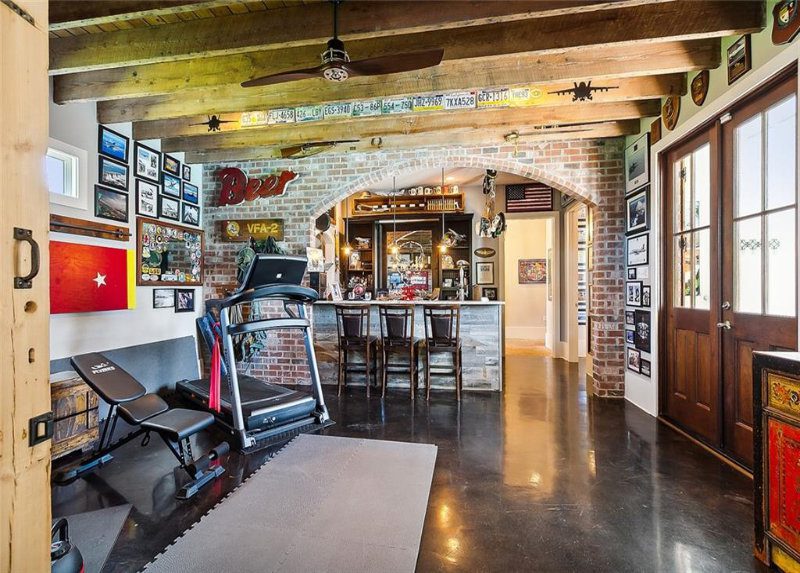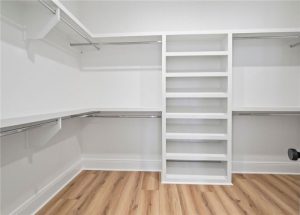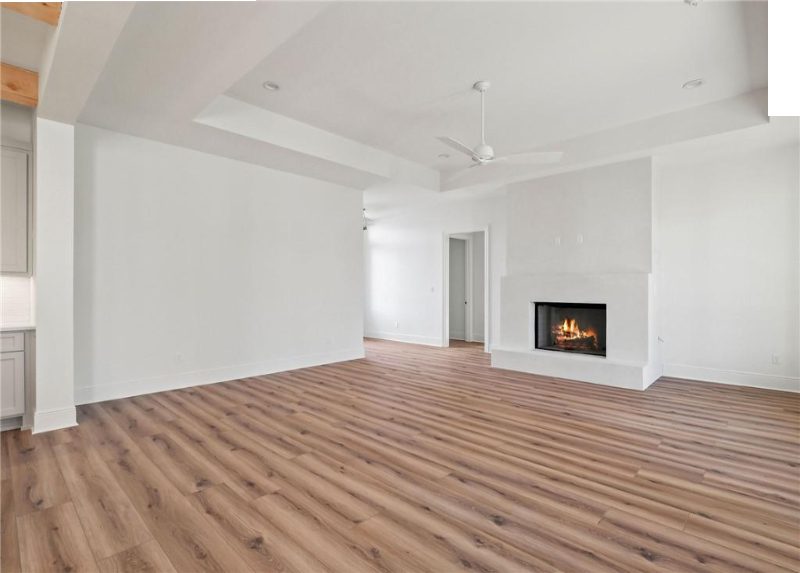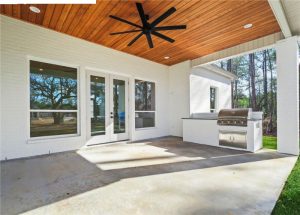Military Home Insurance: The True Cost of Saving
For United States service members and veterans, military home insurance is more than just a policy—it’s a safeguard for your family’s future, providing crucial protection against damages, losses, and personal liability. However, in the quest for budget-friendly options, one might be tempted to opt for cheaper insurance policies. But it’s crucial to remember the old adage: you get what you pay for. This principle is especially true in insurance, where a lower cost can often mean compromised coverage.
One major pitfall of opting for less expensive military home insurance is the likelihood of receiving reduced coverage. This means lower limits on various types of coverage, which can lead to significant out-of-pocket costs in the event of substantial losses, such as from fire or theft. For example, if you’re insured under a policy with limited personal property coverage, the reimbursement for lost valuables might fall short of their actual value.
Moreover, cheaper policies may skimp on protection against hazards that disproportionately affect military families, such as natural disasters common in certain duty stations. Inadequate coverage in these areas could leave you financially vulnerable, unable to afford repairs or replacements after significant events like hurricanes or floods.
Another compromise associated with budget-friendly policies is the level of customer service. In the aftermath of a loss, you might find it challenging to reach your insurer, face delays in claim processing, or encounter resistance in fair claim settlement. This can add stress and financial strain during what is already a difficult time.
Additionally, military families often encounter unique circumstances, such as deployment-related risks or the need for off-base housing coverage. Cheaper insurance options may not adequately cater to these specialized needs, leaving significant gaps in your safety net.
It’s also vital to consider the rebuilding costs covered by your policy. Inexpensive plans might not provide sufficient funds to rebuild your home to its previous state, which could leave you facing considerable financial challenges. Certain policies might also contain exclusions or limitations that hinder your ability to claim effectively.
When selecting military home insurance, it’s essential to evaluate your family’s needs comprehensively. Quality customer service, tailored coverage for military-specific situations, and adequate financial protection in the event of a claim should all factor into your decision. Opting for a policy that meets these criteria, even if it costs a bit more, can provide greater peace of mind and more robust security for you and your loved ones.
In searching for the right military home insurance, prioritize policies that align with your unique requirements and offer substantial protection in the wake of a disaster. Trust and reliability should be your guiding principles, steering you toward a provider that understands the challenges and needs of military families.
Armed Forces Insurance, with over 135 years of service to the military community, embodies the dedication and trust required of a military insurance advisor. Located near Fort Leavenworth in Kansas, we pride ourselves on personalized service and a deep understanding of our clients’ needs. If you’re seeking guidance and straightforward advice for protecting your home and possessions, we’re here to help you navigate your options and find the coverage that best suits your military lifestyle.






